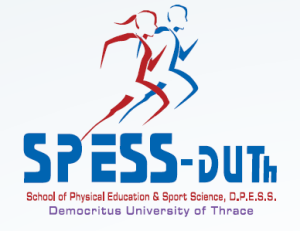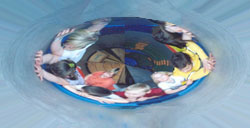A review of the relationship between physical activity and motor proficiency in children
This review examined the associations of physical activity (PA) and motor proficiency (MP) in children. The 14 selected studies contained a variety of motor ability tests and the PA measured with the use of accelerometers, pedometers and questionnaires. These studies provided various ways of estimation of PA and MP. Gender differences appeared in many studies for MP and PA but in general findings suggest that high time spent in sedentary behavior was a predictor of low motor coordination and MP is a significant predictor of PA in children. Finally are presented the limitations of the studies with the purpose to provide more valid and accurate measures of PA and MP in the future.
A review of the relationship between physical activity and motor proficiency in children Read More »






